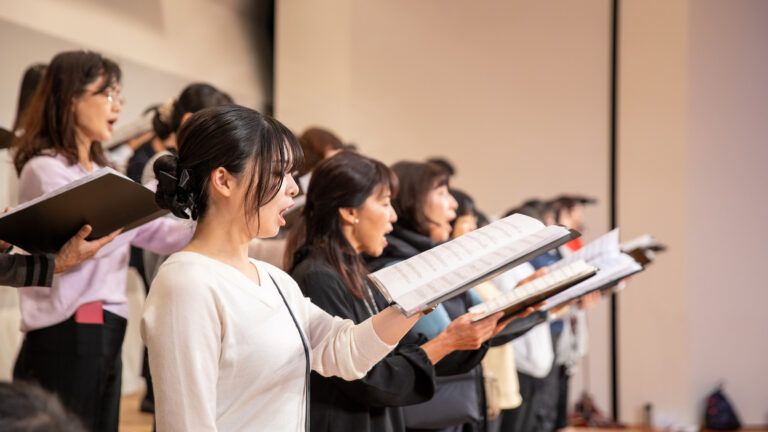Fold your hands, close your eyes and say your prayers. That’s how it’s done, right? After all, maybe you’ve been in the same kind of worship services I have, when the altar call begins and the preacher intones, “Now, with every head bowed and eye closed…”
But there are a thousand ways to pray and praying with closed eyes is one of them. Ignatius of Loyola (in his Spiritual Exercises) and Teresa of Avila (in The Interior Castle) suggested that when praying with eyes closed, “the senses and exterior surroundings… lose their hold,” and the soul achieves a greater focus on the presence of God and the prayer being offered.
Interestingly, though, the Bible doesn’t mention praying with eyes closed. In private, yes. Standing, bowing and kneeling, yes. But no requirement that we close our eyes. In fact, there are times when it may be best to pray with eyes open—wide open, even. Here are a few:
1. When pacing or prayer walking (obviously). At such times, keeping your eyes open can prevent bodily injury.
2. When offering praise, especially when it’s related to Creation. An inspiring vista or soaring eagle may elicit prayers that are richer with eyes open.
3. When blessing someone. Among my favorite pastoral prayers have been offered while looking in the eyes of a baptismal candidate or a child being dedicated.
4. When praying for strangers and passersby. In his classic book on prayer, Prayer: The Mightiest Force in the World, Frank Laubach described praying anonymously for strangers on a train and often seeing the person look around as if the prayer had been felt. And maybe it had.
5. When witnessing suffering or injustice. As tempting as it is to turn away from difficult sights, it is sometimes best to be a witness as we pray.
6. Anytime. Just as there is no moment when prayer is inappropriate, there is no situation that requires praying with eyes closed—and many times when keeping our eyes wide open can make our prayers more pointed and powerful.




